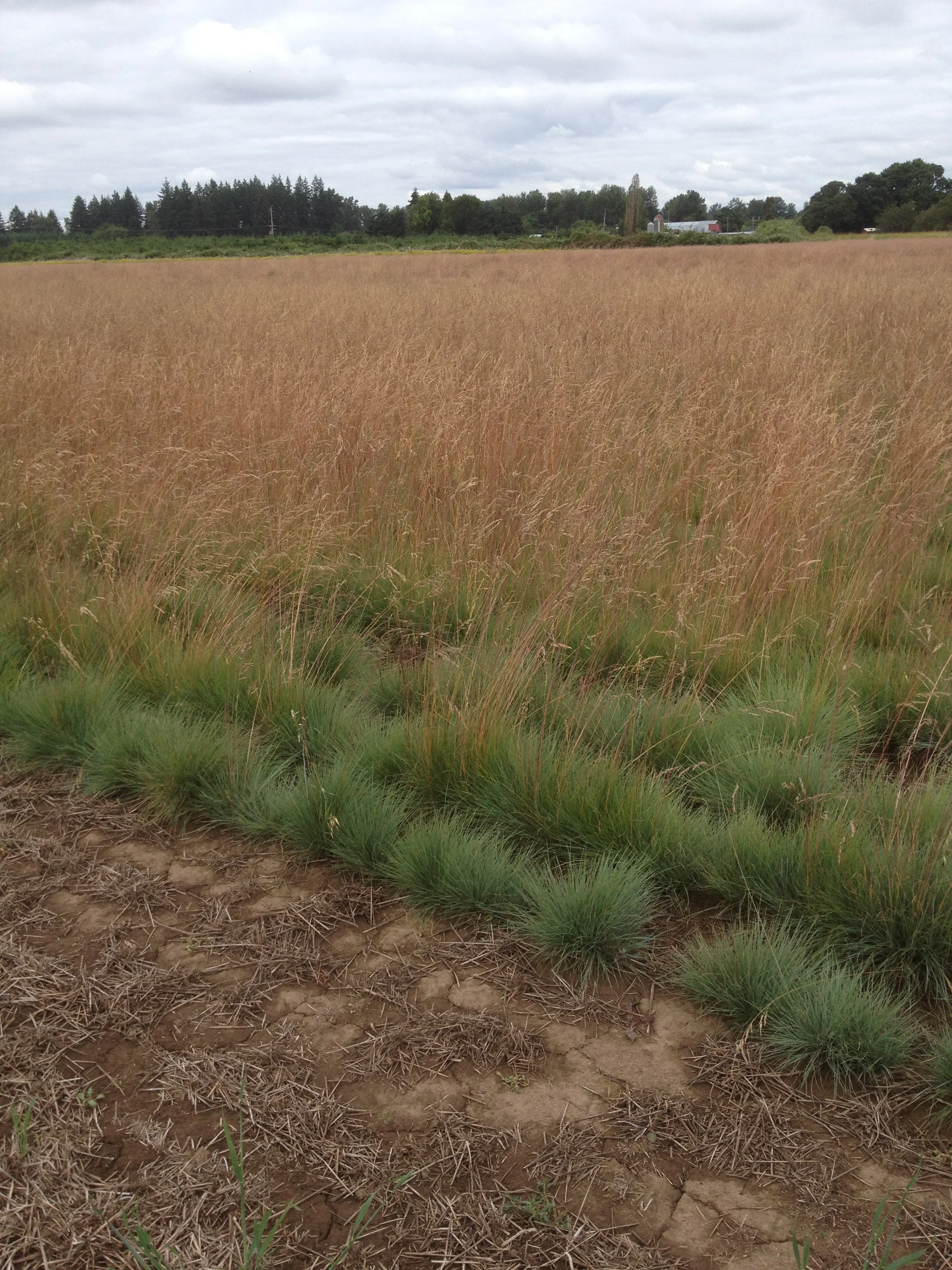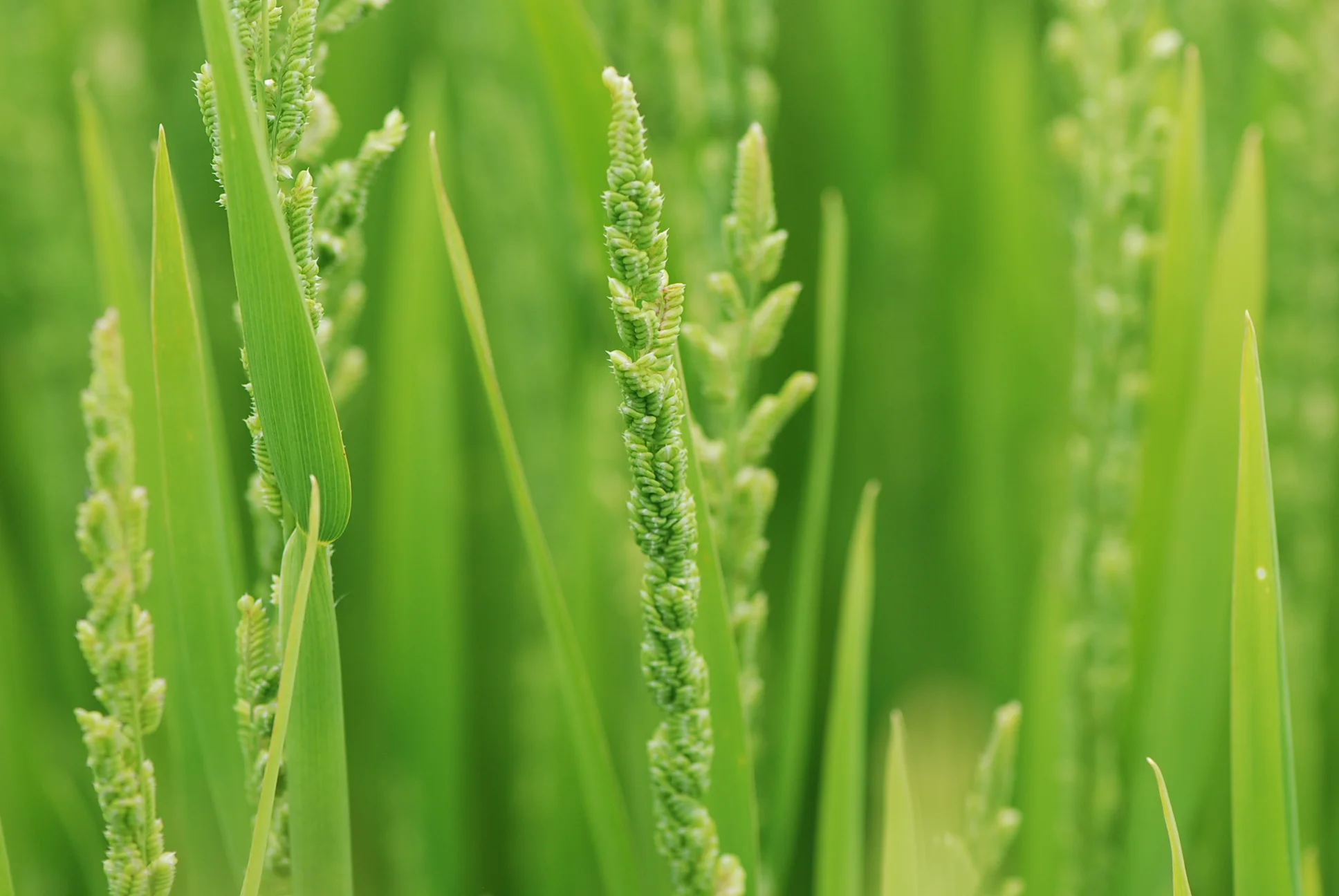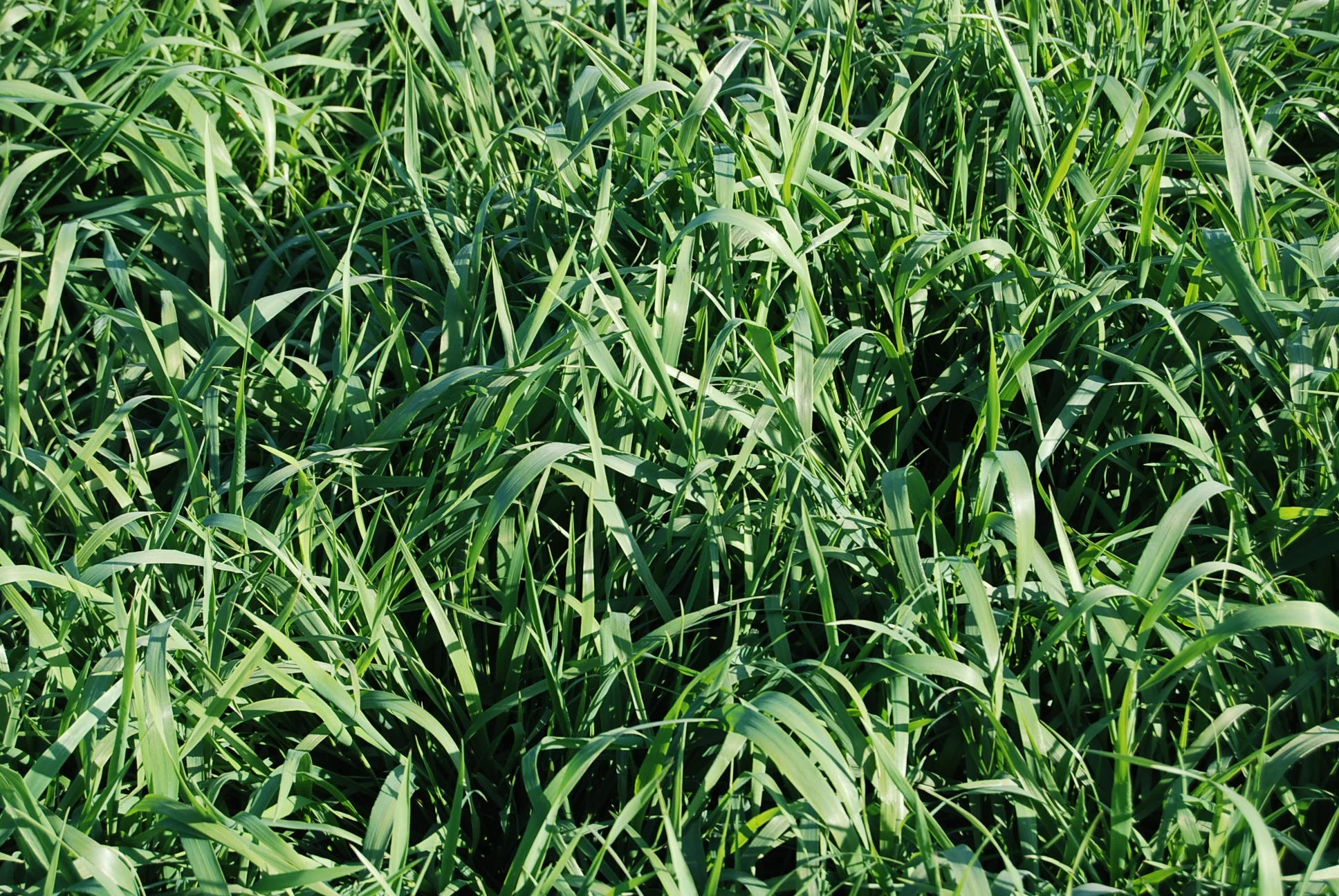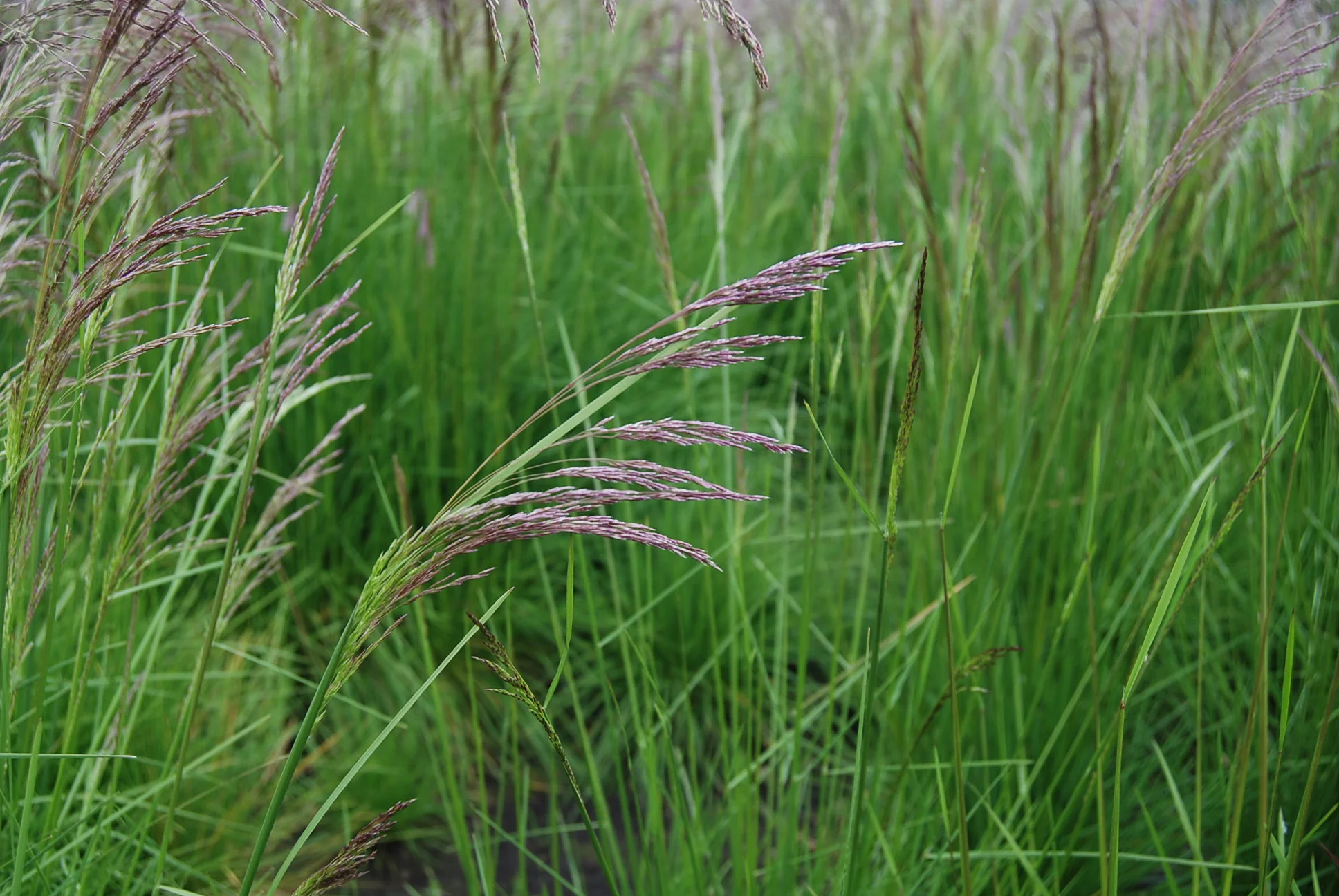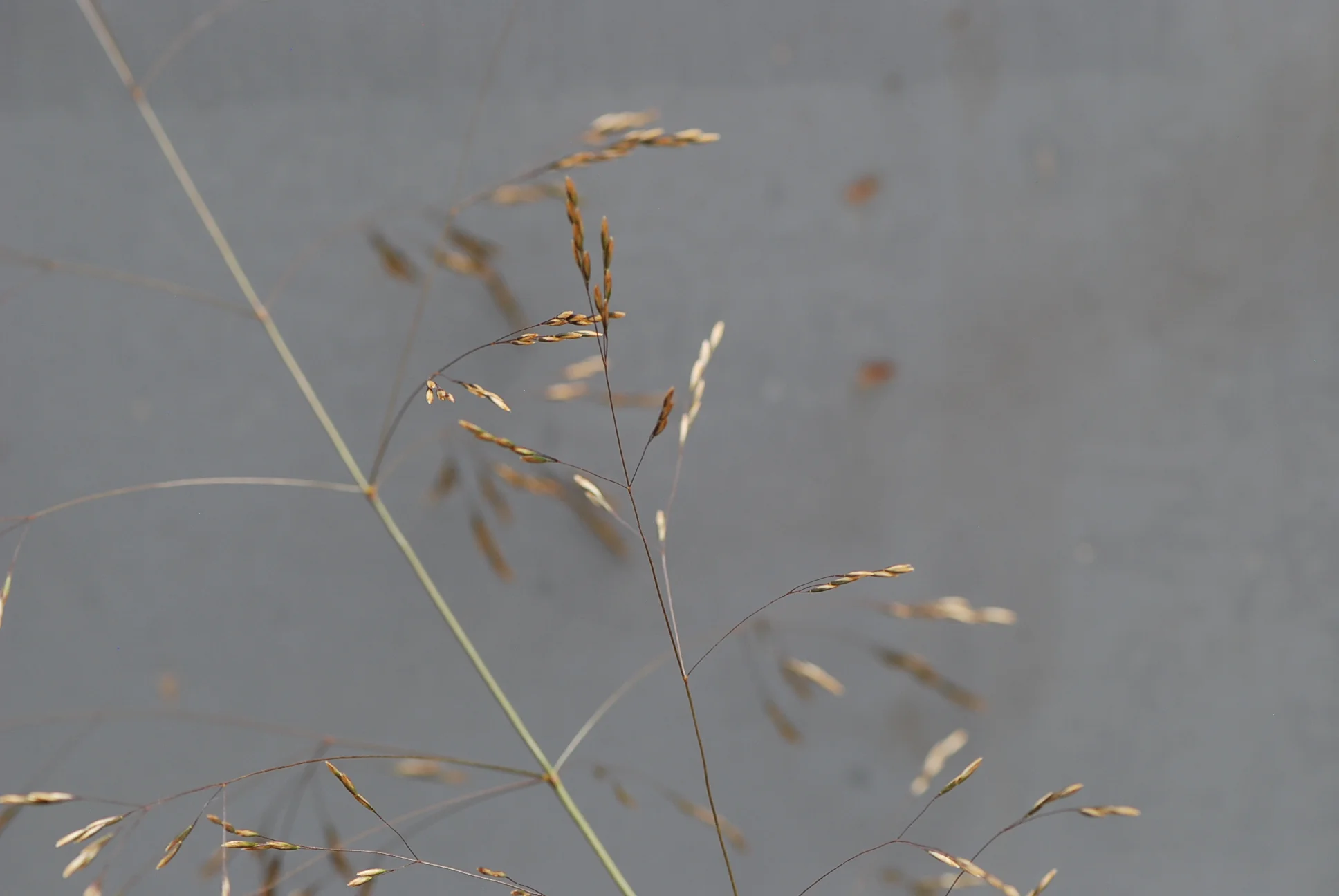37750 Oregon 228
Brownsville, OR, 97327
541-974-6775
"Enhancing Biodiversity One Population at a Time"
Your Custom Text Here

Species
Here you can read about the many grasses, forbs, legumes, and wildflowers that we sell.








